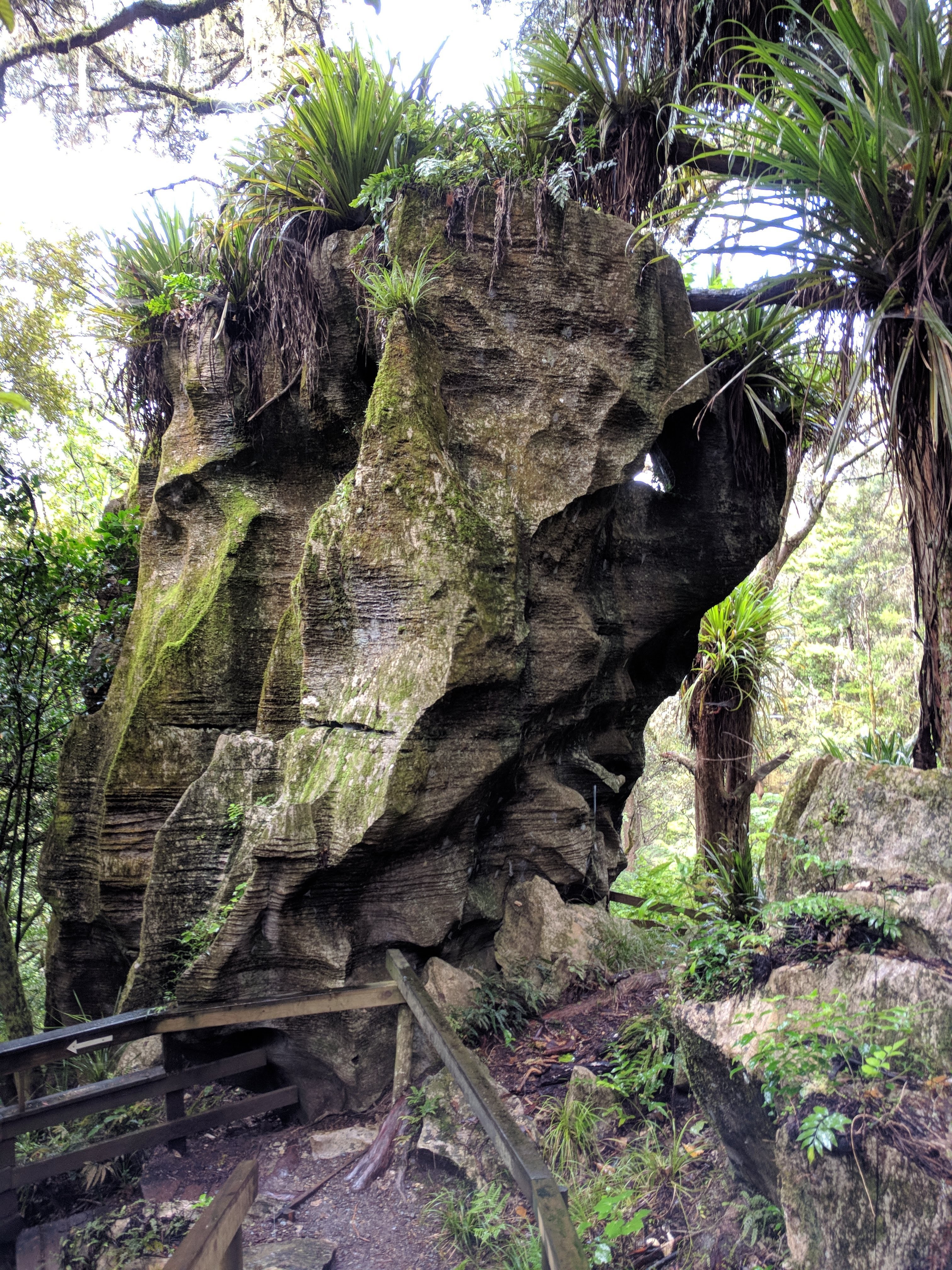The research is out there; Māori learners are not performing as well as European / pākehā, leading to headlines like these, all relatively recent:
As a teacher in New Zealand, this hurts my heart. How has it got so bad? Why are these students falling by the wayside? How can we change things and make our classrooms more inclusive so this stops being a problem?
We have been discussing Culturally Responsive and Relational Pedagogy (CRRP) as a school for a few years in differing formats, and have constructed cross-curricular groups to carry out appraisal and internal PLD (the process has been given the title Kokiri).
I am a Kokiri leader, responsible for checking in with my group of five colleagues and ensuring they are working on an inquiry, and that they are recording evidence for the Code and Standards for the teaching profession, as well as signing off their final annual appraisal. Part of the process is classroom observations. Having come from a #Manaiakalani school, I was happy to have happen (we used to get every visitor passed through our classrooms on a regular basis; it makes you a lot less nervous about casual drop-ins!). We have also been through the Rongohia te Hau observations, so are partially used to the process.
I will put my hand up here, and state that I have felt somewhat confused (maybe nervous?) about carrying out observations and conversations with peers - what gives me the right to critique colleagues abilities to teach? How can I make judgments about whether they are meeting the standards as a practicing professional?

In 2018, we have been working with Robbie Lamont from Poutama Pounamu, and have been trialing an observation tool that moves from making a judgment to being a mirror of practice for our colleagues. This has required a level of "unlearning" to happen - it has always felt like observations in the classroom are looking at how well the teacher works with the class, often with hours of (panicked...) preparation from the observed teacher to ensure the lesson runs smoothly and shows how brilliant at their craft they actually are. The refreshing difference here, is that we are actually acting as a mirror, being held up so the observed teacher gets a snapshot view of what was happening over a 20 minute slice of the lesson. This is difficult for the amateur observer, but provides the opportunity for the teacher to reflect upon what was happening in their class, and what they and their students were doing.
The tool (found here) has been gifted to the Kokiri leaders, and we have been trying it out on one another. It takes a bit of getting used to. It is done over 20 minutes, and is a hand-killer! As I mentioned previously, the intention is to move away from the observer / observee (is that even a word?) relationship towards a culture of reflective practice where we constantly evaluate whether we are doing the best for ALL of our learners, and think of ways to be more inclusive; where everyone is part of the learning process. I fully understand that by focusing on our Māori learners, no one is disadvantaged, and everyone benefits, and by going through this kind of observation, we can see the gaps that exist in our practice.
This process has already got me thinking about my classroom practice and my interactions with my ākonga. I have already moved towards more co-construction of the learning with my students, getting their voice as a valuable part of my planning and course development. Observing others has made me consider aspects of my own practices, and having others observe me in a non-judgmental way, just mirroring, has really got me thinking. Robbie told us that one of the hard parts was unlearning, and I feel I am trying to do this, but there is always room for improvement.
I welcome the idea of being observed; how can I be a better teacher if I don't reflect and revise? I look forward to continuing this journey, and feel I know where we are heading as a school and some of the confusion I alluded to earlier has started clearing. I feel that we ARE on a journey to make learning more inclusive for ALL of our learners, and that we are doing something positive (as are many other schools / kura around NZ) to lessen the cultural divide.
Today was a bit of a light-bulb moment for me, so I sat and wrote this immediately as I was reflecting on what I have learned (and unlearned!). I hope to write additional posts on this process as we move forward on this journey.
Ka kite anō au i a koutou.







